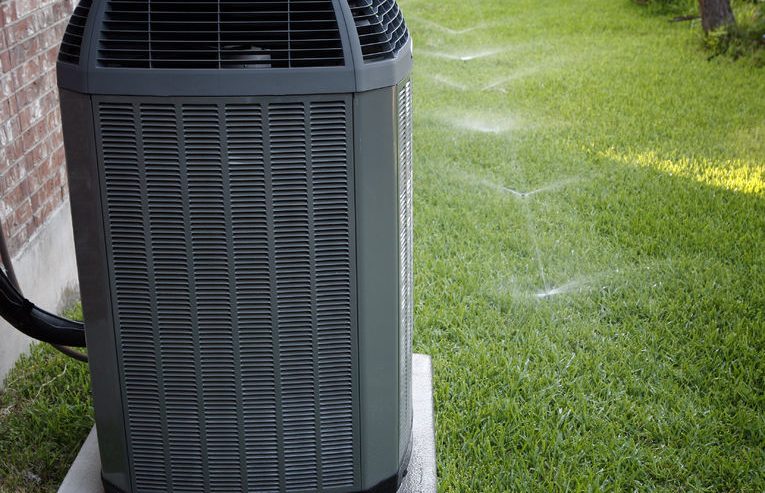How to Deal With Mold In Your HVAC System
Mold growth in your HVAC system is one of the quickest ways to turn your wonderful heating and cooling system into a health risk for everyone in the building. When mold is left to grow unchecked, you can be facing a serious issue, including breathing difficulties and possibly the necessity of replacing your entire HVAC system. If you want to maintain your system and protect the health of your loved ones, here’s what you need to know about cleaning mold from an HVAC system
How Mold Gets A Foothold
Anywhere your HVAC system has moisture, there will eventually be mold. You are far more likely to get mold during humid weather and wetter times of year. Mold becomes a much higher risk when your drainage system is plugged or restricted by debris, so it’s important that you make sure the drain pans for your evaporator and condenser coils are kept clean and clog-free. discouraging mold growth on both the pans and coils.
Checking for Mold
If you ever start to smell a musty odor anywhere in your home, you may have a mold problem. The biggest tip-off that the problem is in your HVAC system is that the smell will permeate your entire home, becoming more noticeable when you are heating or cooling the house. However, you may not see any visible mold spots if the problem is just getting started in the HVAC system, making it hard to detect early on. If the growth is allowed to continue, you may start to see mold in multiple parts of the house, especially around air ducts. A drop in air quality in your home or noticeable coughing or breathing issues when you enter the house is another tip-off you should pay attention to.
Safety Measures During HVAC Maintenance
No matter what type of HVAC maintenance you are performing, always make sure you have shut off power to the unit completely before opening it or touching any of the interior parts.
Airborne mold spores can pose a serious health risk, especially in people with allergies, asthma and other breathing issues, which means you need to take precautions before cleaning mold from an HVAC system. Anyone who is working on cleaning out mold should be wearing an N95 respirator, at least. Plain surgical masks, while useful for other household projects, are not enough to effectively filter out mold spores, and there’s too much risk of leaking around the edges of the masks.
Cleaning and Controlling Mold
Once again, check to be sure the power is completely cut off from your HVAC unit. Start the cleaning process by removing any porous materials in the system, especially air filters and insulation, as these are impossible to completely cleanse of mold once it is established. After you’ve cleaned the whole unit, you should install fresh filters and insulation—the old pieces need to be double-bagged in plastic that will not easily break.
Use a vacuum that can handle water to get rid of any standing water, and find out why it’s there. If the drain pans are clogged, clean them out. If your unit is connected to air ducts, try to plug or block them while you are cleaning so the spores won’t spread to the rest of the building; if the ducts are already infected, you may need to use a disinfecting fog to clean them. Then scrub and disinfect every part of the interior with an EPA-cleared disinfectant that is labelled as safe for ducts and HVAC systems.
Although many homeowners are daunted by the process, cleaning mold from an HVAC system is one of the most important things you can do. Regularly checks for mold and frequent cleaning will preserve both your system and your loved one’s health.





Comments
Comments are disabled for this post